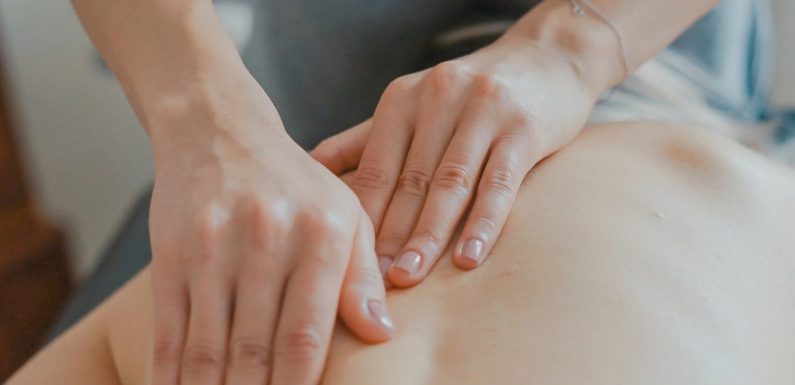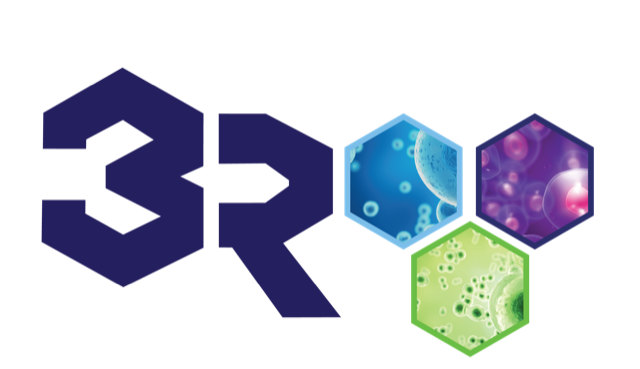Muscle Spasticity
Spasticity
A disruption in patterns of muscle movement that makes the muscles to contract all at once is called spasticity. The movements of the muscle are regulated by a complex system that ensures some muscles tighten (contract) while others relax. Nerve damage in the central nervous system can obstruct this pattern, and this results in many muscles contracting all at once. This health condition can be seen in cerebral palsy, stroke, traumatic brain injury, multiple sclerosis, and other health conditions that affect both the spinal cord and/or the brain. Spasticity can occur in the arms, but they mostly occur in the legs.
What Causes Spasticity?
Spasticity can be caused by contrasting signals coming from the central nervous system—that spinal cord and the brain to the muscles. The imbalance of signals is mostly seen in individuals with stroke, traumatic brain injury, cerebral palsy, spinal cord injury and multiple sclerosis.
Symptoms of Spasticity
- Pain
- Overactive reflexes
- Increased muscle tone
- Abnormal posture
- Difficulty with hygiene and care
- Involuntary movements such as spasms and clonus
- Bone and joint deformities
- Contractures (a permanent contraction of the tendon and muscle due to severe recurrent spasms and stiffness.
- Reduced quality of life
How Painful Is Spasticity?
Spasticity pain can be a mild painful feeling, but it can also be extremely severe to release painful spasms of the extremities, usually the legs. Spasticity can also be a cause for low back pain, and its outcomes are pain or tightness around and in the joints.
Diagnosing Spasticity
Usually, health experts will evaluate the medical history of the patient to ensure an accurate diagnosis of spasticity is achieved. The doctor will check for previously administered medications and if the patient has a history of muscular or neurological disorders in the patient’s family or even in the patient.
Many tests will be carried out to confirm the diagnosis. These tests check your leg and arm movements, active and passive range of motion, muscular activity, and capability of performing self-care activities.
Treatment Options
There are various available types of treatments available for spasticity that is must be evaluated on an individual case basis. This treatment option takes into consideration the age of the patient, underlying cause, and severity of the spasticity. Some of its different treatment options have common goals like:
- Enhancing hygiene, gait, ease of care and daily living activities
- Relieving the symptoms and signs of spasticity
- Decreasing the frequency and pain of muscle contractions
- Enhancing normal muscle growth in kids
- Enhancing voluntary motor functions which involve interaction with objects like grasping, reaching for, releasing and moving
Regenerative Medicine is safe, effective, ethical option or alternative to treating patients who suffer from muscle spasticity. Schedule your complimentary consultation to speak with our Regenerative Medicine experts to learn how Regenerative Medicine has helped hundreds of our patients just like you get lasting pain relief.

Check out our innovative treatments for muscle Spasticity
Horizontal Therapy
Horizontal therapy is an innovation in electromedicine. This therapy is administered by utilizing the ProElec DT 2000, which is a German-engineered machine. It is currently the most sophisticated kind of electrotherapy available. Learn More
Pulsed Electromagnetic Field Therapy
Pulsed Electromagnetic Field Therapy or PEMF for pain management and pain relief has been undergoing research and development for more than five decades now. Magnetic therapy has been used since ancient times. It has been applied by several civilizations ranging from the far east to eastern Europe for a wide variety of conditions. Learn More
Venus Heal
Venus Heal is a non-invasive and innovative medical device that helps ensure patients heal from soft tissue conditions and injuries. This device utilizes a triple-action mode, and its technique is quicker than the conventional method in treating chronic and acute soft injuries and conditions, like back pain and muscle spasms. It heals patients suffering from these conditions by reducing swelling, relieving pain, and increasing range of motion. Learn More
Smart Procedure
At 3R (Regenerative Repair & Relief), we employ Smart Procedures. Harnessing the latest trending medical imaging and guidance technology we ensure that Injection Procedures are effectively done. At 3R (Regenerative Repair & Relief), we use the latest ultrasound, fluoroscopic, and electromyographic guidance to give diagnostics. Learn More
Spinal Decompression Therapy
Spinal Decompression Therapy is a form of motorized spinal traction. It helps with neck or back pain, spinal stenosis, disc herniation, degenerative disc disease, facet joint syndrome, spinal nerve root compression, sciatica, etc. Learn More
Ergoflex Technologies
Knee on Trac
The Knee on Trac provides patients with chronic knee pain, the relief they have been looking for.This one of a kind treatment offers a nonsurgical procedure that slowly and gently works to decompress the joint. Learn More
Low-Level Laser Therapy
The laser is an acronym for Light Amplification by Stimulated Emission of Radiation. Laser light is collimated, monochromatic, and coherent. A device that produces such light is a laser. Low-level laser therapy (LLLT) is utilized by some physiotherapists to treat many musculoskeletal conditions. This treatment is a non-invasive procedure that produces a single wavelength of light which doesn’t emit any heat, vibration, or sound and is also known as biostimulation or photobiology. Learn More
10857 Kuykendahl Rd #110 The Woodlands, TX 77382, USA
PHONE: 346-351-4141 EMAIL: INFO@3RREGENERATIVEMEDICINE.COM
